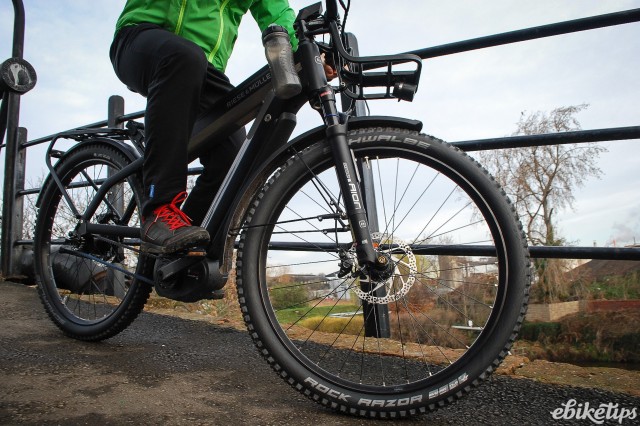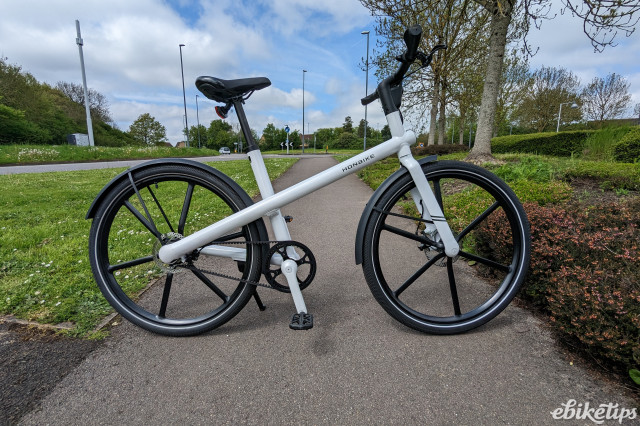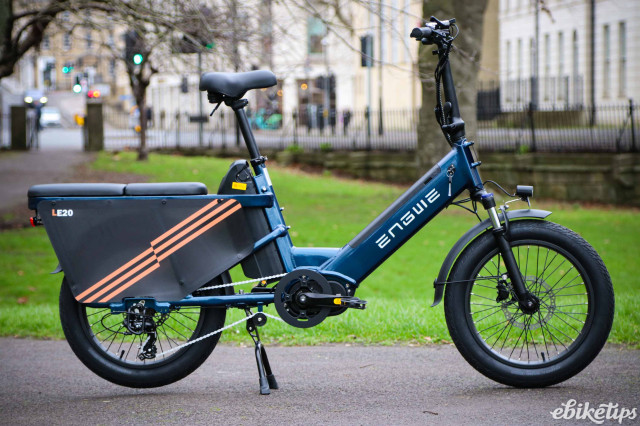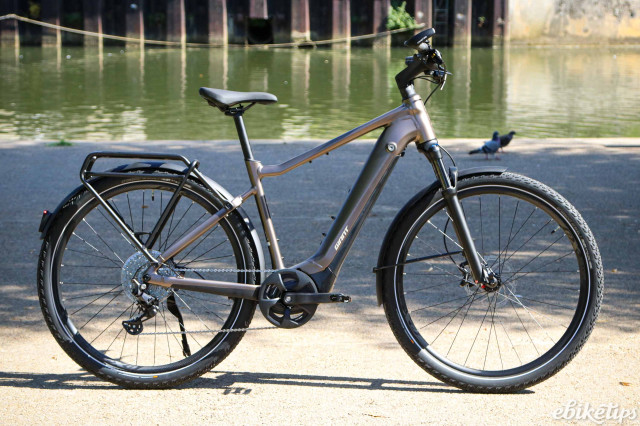A Swiss study has found that while privately-owned e-scooters and e-bikes reduce CO2 emissions, the vehicles that are part of share schemes primarily replace more sustainable modes of transport – such as walking, public transport and cycling – and therefore increase emissions.
Researchers at ETH Zurich collected GPS data, bookings and survey data from 540 study participants in the city of Zurich over a three-month period and reconstructed about 65,000 trips across eight modes of transport.
They found that while personal e-scooters and e-bikes frequently replaced car trips, share scheme vehicles had a larger carbon footprint than the means of transport they replaced.
“In the way they are currently used, shared e-scooters and e-bikes do the climate more harm than good,” said study author Daniel Reck.
Reck argues that cities need to think more carefully about how share schemes are run.
“Authorities that want to reduce transport-related CO2 emissions could integrate shared micro-mobility with public transport more effectively and support commuting by private micro-mobility,” he said.
“Ideally, shared e-scooters and e-bikes would enlarge the catchment area of public transport, allowing commuters in outlying districts to cover the last mile and help to reduce peak loads during rush hour.”
A spokesperson for major micro-mobility operator, Voi, told Forbes that its service has helped push more people to use public transport, pointing to a study published last year in conjunction with Deutsche Bundesbahn which found users of its vehicles in Stuttgart spent more money on public transport.
A spokesperson for operator Dott said: "The average distance on our vehicles is between 2.2km in winter and 3.2km and over 11 minutes over summer, showing that they are being used for significant trips and offer a compelling alternative to travel by private cars.
“When integrated with public transport shared micro-mobility can provide a viable replacement for car ownership and we are working to extend our service into the suburbs and areas which are typically less well served by public transport.”






